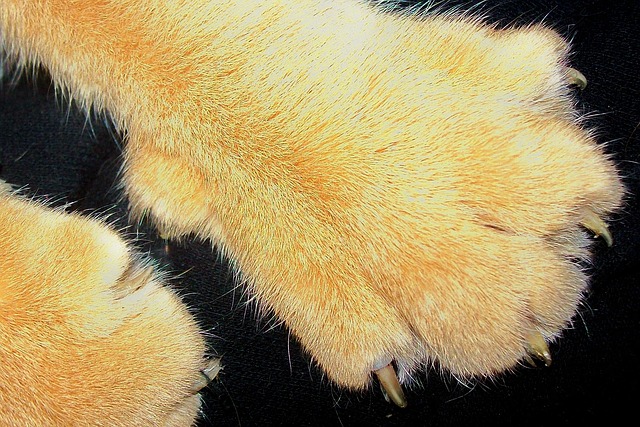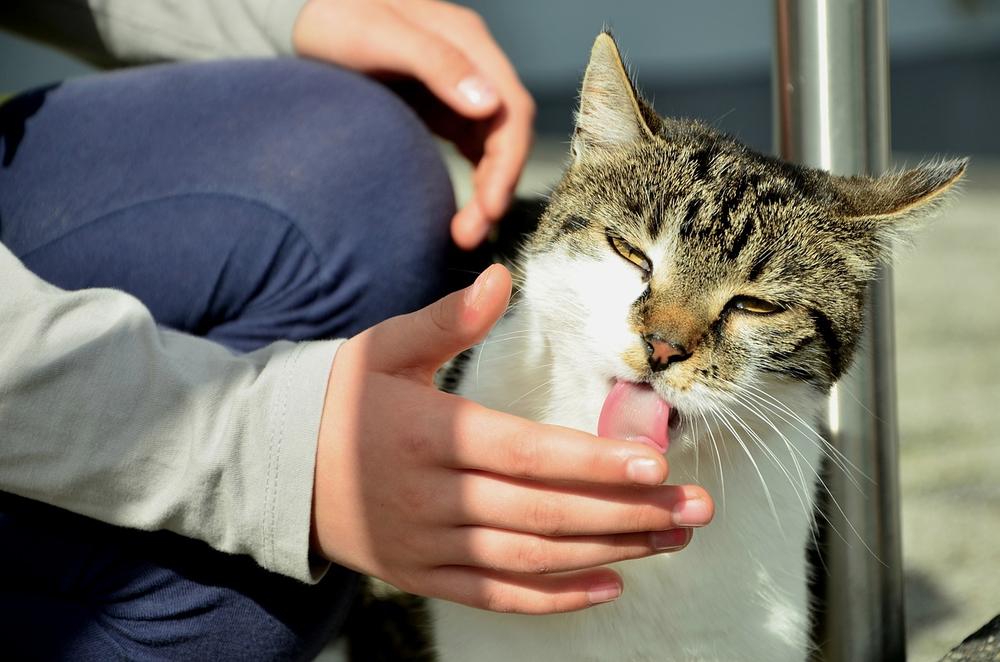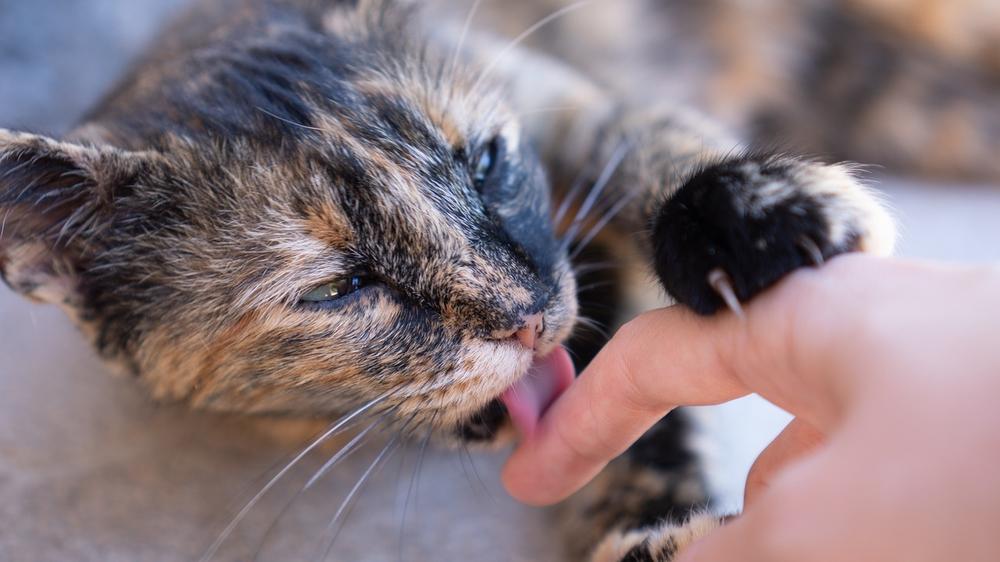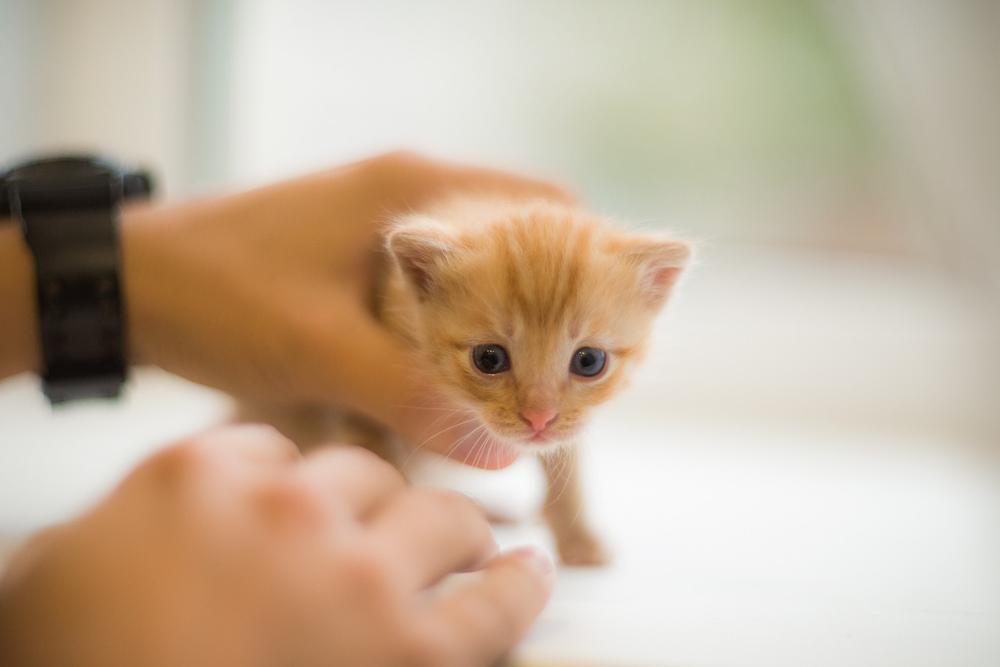How Often to Trim Cat Nails: Eveything You Need to Know!

Got cat?
Got claws.
And if you've got both, you've probably got scratched furniture, torn curtains, and a whole lot of frustration. 😿
Trust me, I've been there.
But fear not, my feline-loving friend, because today I've got the ultimate guide to help you master the art of cat nail trimming.
Say goodbye to shredded upholstery and hello to a happy, well-groomed kitty.
Stick around, or risk enduring more claw-induced chaos than you can handle.
How Often Should I Trim My Cat's Nails?
How often should you trim your cat's nails?
It depends on a few factors:
- Activity Level: Active cats may naturally wear down their nails more and require less frequent trims compared to less active cats.
- 10 Days to 2 weeks: Generally, cats should have their nails trimmed every 10 days to 2 weeks, but this can be adjusted based on your cat's comfort level.
- Kittens: For kittens, nail trims may be needed more frequently to help them get used to the process.
- Monitor Paw Health: Pay attention to your cat's nail and paw health to determine an ideal trimming schedule, as nail growth rate varies by age and life stage.
- Indoor Cats: Indoor cats usually need their nails trimmed every couple of weeks to prevent scratching furniture or getting them caught in things.
- Kittens: Kittens may need weekly trims initially until they grow older and become accustomed to the process.
- Older Cats: Older cats may only need monthly trims due to decreased activity levels.
- Outdoor Cats: Outdoor cats often naturally wear down their nails through outdoor activities, so they may only need their nails trimmed a few times a year.
It’s key to observe your cat's behavior and nails to determine the best trim frequency for them.
Trimming regularly helps maintain their in essence paw health and prevents any potential issues.
Main points I'll expand upon further down this article:
- Seek assistance from a veterinarian or groomer if your cat resists nail trims.
- Long nails can cause discomfort and grow into the paw pads.
- Pay attention to warning signs of an angry cat.
- Choose the right tools for trimming, such as cat-specific clippers.
- Keep the blade of the clipper sharp to prevent harm.
- Position the claw correctly and trim the sharp tip without cutting the quick.
- Regularly check and trim both front and rear claws.
- Find a secure and controlled position to reduce the risk of scratches.
- Create a positive experience by practicing gentle handling and rewarding with treats.
- Regularly trimming your cat's nails prevents pain, mobility issues, and scratches.
Now, you might be wondering...

What are some tips and techniques for safely trimming your cat's nails?
Well, you're in luck!
In the next section, we will discuss step-by-step instructions to make the nail trimming process easier and less stressful for both you and your feline friend.
So keep reading to find out how to successfully trim your cat's nails without a fuss:
How Can I Tell if My Cat's Nails Are Too Long?
Look for signs that your cat's nails are too long
If your cat's nails are constantly catching on things or they're accidentally scratching themselves, it means their nails are too long. Just imagine how frustrating that must be for them!
Don't ignore the discomfort caused by long nails
If your cat's nails get too long, it can cause them a lot of discomfort.
They might even curl and grow into their paw pads, which is definitely not something you want.
Ouch!
Pay attention to warning signs
Keep an eye out for any warning signs that your cat isn't happy with their nails.
If you notice tail twitching, growling, body stiffening, or even panting, it could mean that your cat is angry or in pain.
Get help if your cat resists nail trims
Sometimes, cats can be stubborn when it comes to nail trims. If you find it difficult to trim your cat's nails, it's best to seek assistance from a veterinarian or groomer.
They have the expertise to handle this tricky situation.
You need to keep your cat's nails at a proper length for their comfort and well-being.

So always pay attention and take action when needed.
And trust me, your cat will thank you!
But how exactly do you go about trimming your cat's nails?
What tools should you use?
And how can you make it a positive experience for both you and your feline friend?
Stay tuned, because I'm about to share all the tips and techniques you need to know.
Trust me, it's easier than you think!
Expert Tips for Trimming Your Cat's Nails Effectively
Trimming your cat's nails can be a daunting task, but with these expert tips, you can do it effectively and safely.

Here are some additional tips to trim your cat's nails like a pro:
- Use treats and positive reinforcement to reward your cat during the nail trimming process. This will help create a positive association and make future trims easier.
- Trim your cat's nails regularly to prevent them from becoming too long and causing discomfort or injury.
- If you're unsure how much to trim, start by only removing the sharp tip of the nail. You can always trim more later if needed.
- If your cat becomes anxious or aggressive during nail trims, consider using calming techniques such as gentle massage or playing soft music in the background.
- Invest in quality nail trimmers specifically designed for cats. These tools are often safer and easier to use than regular human clippers.
- Take breaks between each nail trim to give your cat time to relax and regroup. This will help reduce stress and make the experience more pleasant for both of you.
- If you accidentally cut into the quick of the nail and it starts bleeding, don't panic. Apply gentle pressure with a clean cloth or tissue to stop the bleeding.
I highly recommend checking out my article How to Remove Cat Nail Caps for a step-by-step guide on removing cat nail caps and learning about common myths and misconceptions.
In this helpful blog post, you'll find all the information you need to properly care for your cat's nails.
Don't miss out on the useful tips and techniques that I've shared! Take the opportunity to delve deeper into the topic and satisfy your curiosity.
Why It's Important to Trim Cat Nails Regularly
Keeping your cat's nails trimmed is crucial for their comfort and ability to move around.
Avoid painful accidental scratches by regularly trimming those claws!
By trimming your cat's nails every two to three weeks, you're not only ensuring their overall health but also protecting your furniture from any potential harm.
Beware of the consequences of overgrown nails - they can cause pain, hinder mobility, and result in painful accidents.
Trust me, you really don't want your cat's nails getting caught or growing into their foot pads.
Make it a part of your responsible cat ownership routine, and consistently trim their nails to keep them happy and healthy.

I won't sugarcoat it, trimming cat nails can sometimes be challenging (cue intense music).
But don't get discouraged!
With practice and patience, you'll become an expert at this essential task.
Believe in yourself and don't let overgrown claws put your cat's nail health at risk.
Keep up with regular nail trims. You've got this!
But how can you keep your cat's nails shorter between trims and ensure optimal nail health?
Well, there are a few measures you can take to satisfy their natural scratching instincts and prevent discomfort for both you and your feline friend.
Let me share some tips with you...
How Else Can I Keep the Nails in Good Condition?
To keep your cat's nails in check, offer them suitable scratching posts or boards.
These alternatives satisfy their instinct to scratch and help prevent overgrowth.
While outdoor cats handle this naturally, indoor felines may require more attention to maintain short nails.
Merely relying on scratching posts might not be enough.
Don't forget the dewclaws on their front paws – delivering optimal nail health means taking care of these too...
By doing so, you ensure both harmony between you and your furry companion, as well as preventing any discomfort caused by excessively long nails.
Is There an Alternative to Nail Trimming?
Nail trimming can sometimes be a hassle, but don't worry, you have options.

Here are some ideas that might come in handy:
- Give your cat a scratching board with a rough texture or a vertical surface. This will naturally help keep their nails short as they scratch away. Plus, it's a fun way to keep them entertained!
- Engage in regular play sessions with your cat. Use interactive toys that require scratching or clawing. This will not only give them exercise but also give their nails a trim.
- Check your cat's nails regularly for any signs of overgrowth. If they're getting too long, it's time for a trim. Long nails can be uncomfortable and make it easier for them to get stuck or accidentally scratch things they shouldn't.
- Make nail trims a positive experience for your cat by using rewards. Give treats and praise during and after the trim to associate it with something good. This will reduce stress and make future trims easier.
- Support animal rescue organizations. When you do, you're not only helping a great cause, but you're also promoting safe environments for cats. These organizations often provide helpful tips on responsible cat care, including nail trimming.
While alternatives can be helpful, don't forget that regular nail trims are still necessary to maintain your cat's health.
So, before you dive into alternatives, make sure you're already taking proper care of your furry feline friend's nails. 😺
And that wraps up today's article.
If you wish to read more of my useful articles, I recommend you check out some of these: What to Do if I Cut My Cats Nail and It Bleeds, Do Cat Claws Grow Back, How Often Do Cats Pee, How to Keep Cats Cool in Summer, and Why Does My Cat Have One Black Whisker
Talk soon,
-Sarah Davis